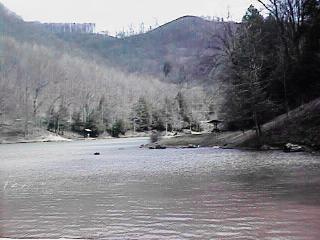
In more recent years, additional lease agreements were obtained from Cotiga Development Company, Island Creek Company, and Georgia Pacific Corporation which expanded the lake to its present size.
Besides being a place for recreation, Laurel Lake has evolved into an extensive ecosystem. Many forms of life call Laurel Lake home.
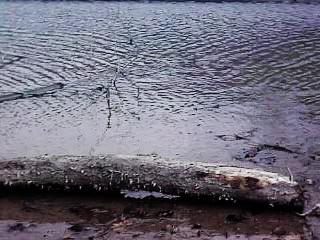
Researching the Laurel Lake area, many of the environmental necessities for life can readily be seen. These necessities include food, water, clean air, etc. Although the original concept of Laurel Lake was for man, it has taken on an existence in which man feels he is a visitor into nature's realm.


When one enters the Laurel Lake area, the true feel of nature is experienced. You may see an angler reeling in a rainbow trout, or you may see one of the many wild animals that inhabit the area. Perhaps, you would like to explore one of the Laurel Lake trails and watch for colorful birds or maybe just relax among the wild flowers that adorn the Laurel Lake area.
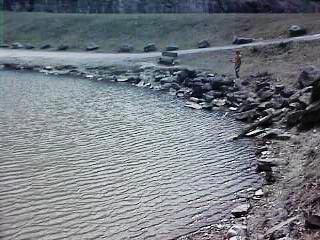
To add to the explosion of life in the Laurel Lake environment, the lake is regularly stocked with Rainbow Trout and Catfish. Besides Trout and Catfish, anglers enjoy year round fishing of Crappie, Bass, and Bluegill.
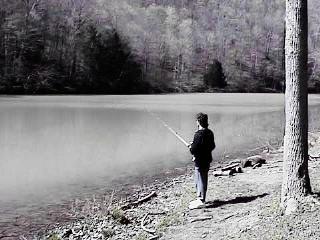
The forest around the Laurel Creek area is healthy in spite of man. The Laurel Creek area forest adapts and changes whenever conditions are altered. The acorn has replaced the chestnut as the basic food source for squirrels, turkeys, and other animals. Although oaks produce a staple food, they don't always produce the bountiful harvest year after year. During a year of poor acorn production, animals are forced to seek alternative food sources.


Birds and squirrels use wild grapevines for constructing nests in trees. Many insect varieties are abundant in the Laurel Lake area that provide ample food for birds, mammals, reptiles, amphibians, and fish. Animals here are also subjected to infestations of parasites. The forest surrounding the lake is full of predators such as foxes, owls, and raptors. These provide essential links to the food chain by assisting in the controlling of populations of rapidly reproducing rodents.
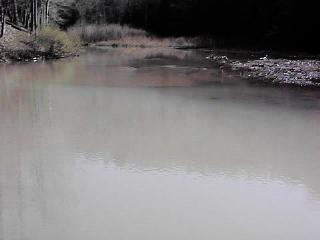
Snakes, frogs, turtles, and salamanders remain camouflaged throughout the Laurel Lake and forest areas. They, too, add an ever-important link in the food chain.
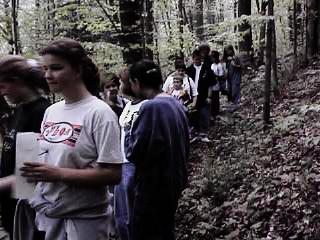
Insects are abundant here. Some insects are considered harmful to man, but they still are very important to the ecology of the area. Other insects are helpful to man because they assist in the control of harmful insects. Mollusks, crustaceans, and arachnids also play a key role in the food chain.

Plants such as blackberries, dandelion, and others provide food to numerous species that inhabit the Laurel Lake area.
Even microorganisms are important factors in the Laurel Lake ecosystem. Throughout the Laurel Lake area, debris accumulates and decays as organisms die and end up on the forest floor. This area is rich in decomposers that assist in recycling this material. The decomposers include a wide variety of bacteria, fungi, insects, and plants. These decomposers go largely unnoticed by man when he enters the forest.
So, the Laurel Lake ecosystem continues to thrive year after year in spite of man.